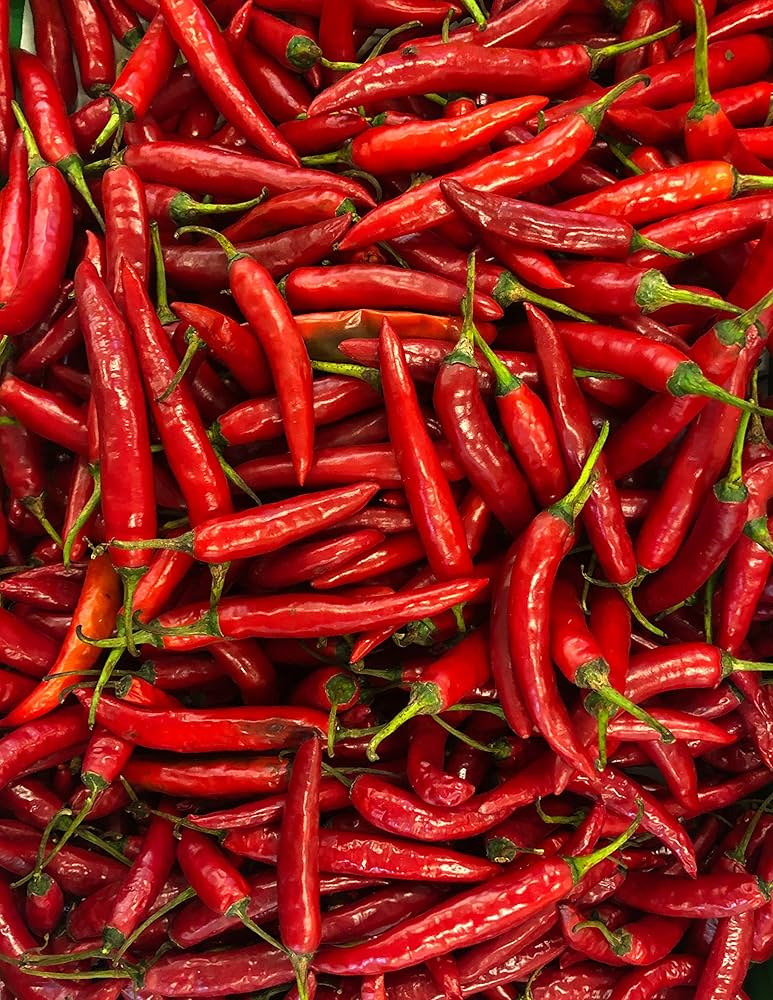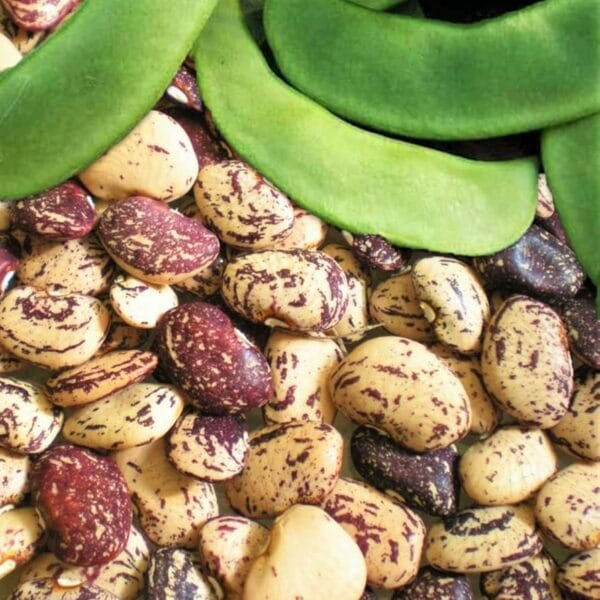Guntur Chilli Open Pollinated seeds
Guntur Chilli Open Pollinated seeds
Quantity: 80seeds
Guntur chili is a highly valued chili variety known for its intense heat, vibrant red color, and significant role in Indian cuisine.
By following proper growing methods, including soil preparation, consistent irrigation, effective pest management, and timely harvesting, farmers can ensure a healthy crop and high yields. This chili variety not only enhances the flavor and color of dishes but also offers significant economic benefits to growers, especially in the Guntur district of Andhra Pradesh.
Guntur Chilli Open Pollinated seeds
Out of stock
Guntur Chilli Open Pollinated seeds
Guntur Chilli Open Pollinated seeds is a renowned chili variety from the Guntur district in Andhra Pradesh, India. Known for its high heat and vibrant red color, it is a significant agricultural product in the region and plays a crucial role in Indian cuisine and the global spice market. Here’s a detailed overview of Guntur chili: Characteristics Appearance: Guntur chilies are long, slender, and typically grow to about 5-10 cm in length. They are known for their deep red color when mature.
Flavor: They have a pungent, spicy flavor with a strong, sharp heat.
Heat Level: High, with Scoville heat units ranging from 30,000 to 350,000, depending on the specific variety and growing conditions.
Texture: The skin is smooth and thick, making it suitable for drying and grinding. Climate and Soil
Requirements
Climate: Guntur Chilli Open Pollinated seeds thrive in warm, dry climates. The ideal temperature range for growth is between 20°C and 30°C.
Soil: They prefer well-drained, sandy loam to loamy soils with a pH between 6.0 and 7.5. The soil should be rich in organic matter for optimal growth.
Planting Season: The best time for planting Guntur chili is at the beginning of the warm season, typically in early spring (January to February) or post-monsoon (August to September).
Seed Sowing: Seeds should be started in nurseries 6-8 weeks before the last expected frost date. Sow seeds about 1 cm deep in seed trays or pots.
Transplanting: Transplant seedlings to the field when they are 4-6 weeks old and after the danger of frost has passed. Harden off the seedlings by gradually exposing them to outdoor conditions.
Spacing: Space plants 45-60 cm apart with rows 60-75 cm apart to ensure adequate growth and air circulation.
Land Preparation
Plowing: Prepare the field by plowing thoroughly to a fine tilth. Incorporate well-rotted compost or manure to enhance soil fertility. Bed Preparation: Raised beds can help improve drainage and prevent waterlogging.
Irrigation Watering: Regular and consistent watering is crucial, especially during flowering and fruiting stages. The soil should be kept moist but not waterlogged.
Frequency: Irrigate every 5-7 days, adjusting based on soil moisture levels and climatic conditions.
| Weight | 12 g |
|---|---|
| Dimensions | 11 × 8.5 × 11 cm |







Reviews
There are no reviews yet.